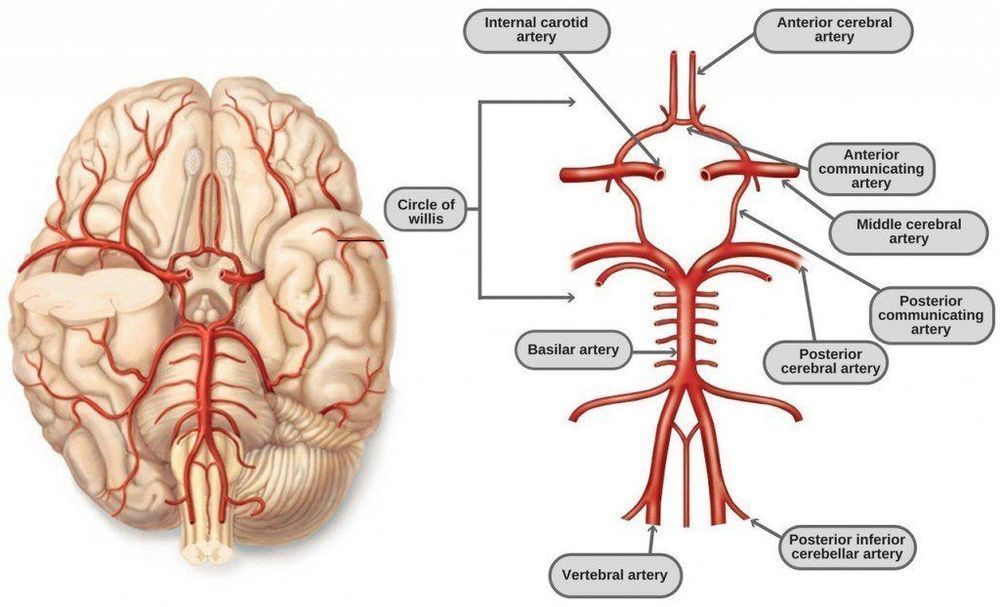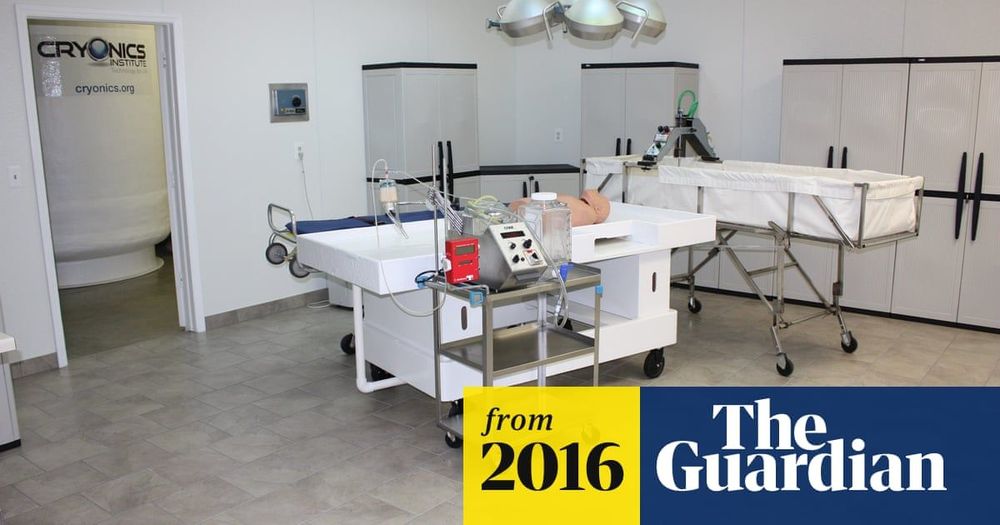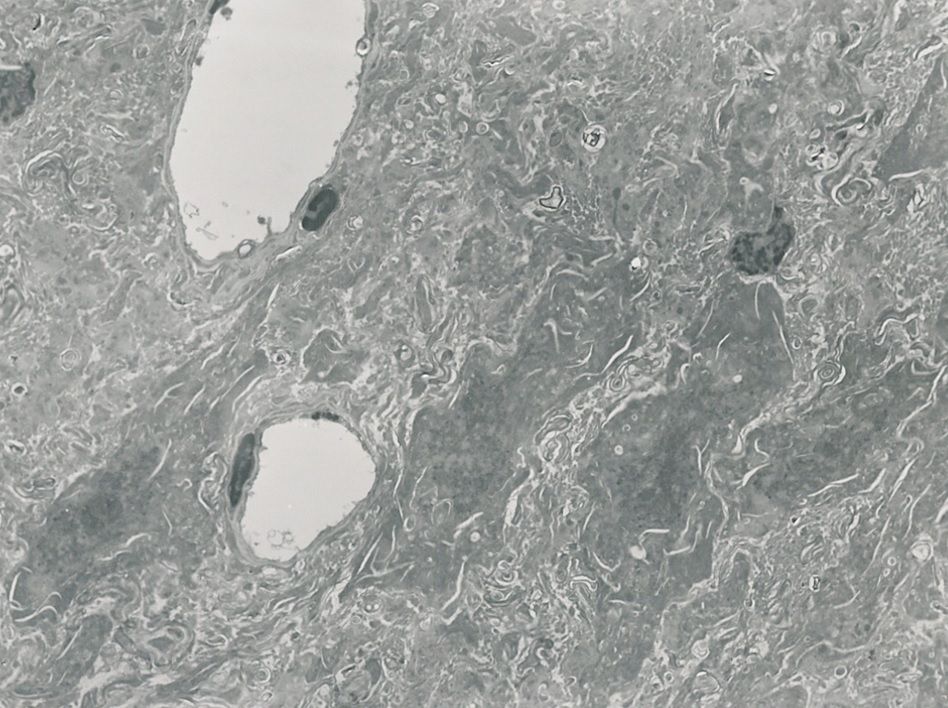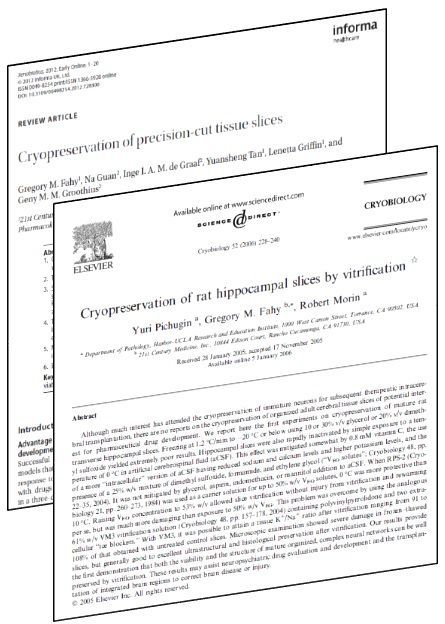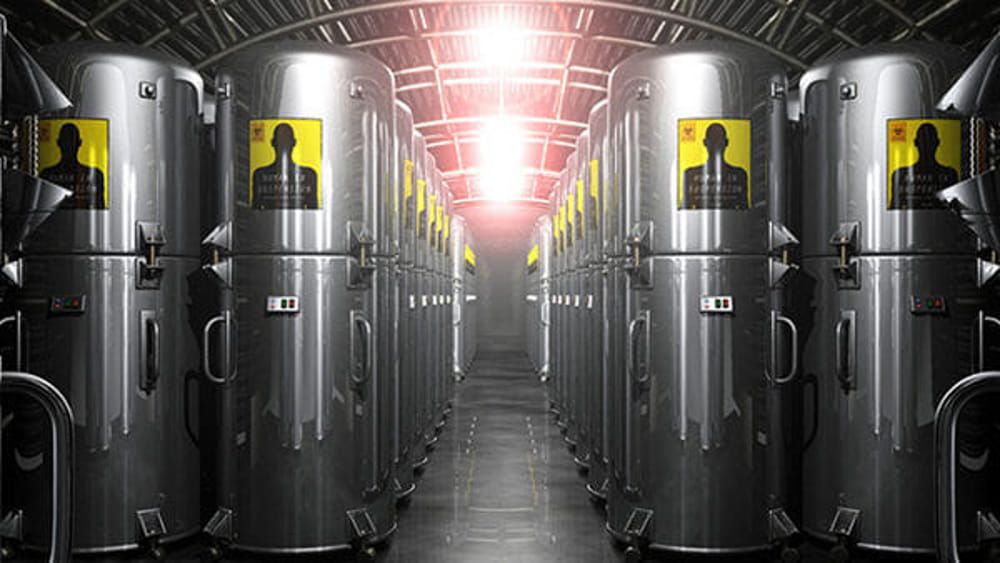Archive for the ‘cryonics’ category: Page 15
Jul 3, 2019
The Circle of Willes in Cryonics Perfusion
Posted by Paul Battista in categories: biotech/medical, cryonics, life extension, neuroscience
Blood flows into the brain primarily via the carotid arteries and the vertebral arteries. The Circle of Willis is a circular arterial structure in the brain that connects blood flowing in from the carotid arteries with blood flowing in from the basilar artery (which is fed by the vertebral arteries). Blood flows from the Circle of Willis into brain tissue via the anterior, middle, and posterior cerebral arteries. Many studies have shown that the Circle of Willis is incomplete in most people. A 1998 study of 150 healthy adult volunteers showed a complete Circle of Willis in only 42% of cases — more often complete in younger persons and females [RADIOLOGY; Krabbe-Hartkamp, MJ; 207:103–111 (1998)]. A slightly more encouraging 2002 study of 118 healthy volunteers in the 65–68 age group, showed 47% had a complete Circle of Willis [THE JOURNAL OF CARDIOVASCULAR SURGERY; Macchi, C; 43:887–890 (2002)]
For cryonics purposes, it has been believed that perfusion into the carotid arteries, but not into the vertebral arteries will result in incomplete perfusion of the brain if the Circle of Willis is not complete. In particular, if both posterior communicating arteries are missing, then perfusing only through the carotid arteries will result in no blood getting to parts of the brain supplied by the posterior cerebral arteries. Both posterior communicating arteries were missing in 11% of those in the 1998 study and in 14% of those in the 2002 study cited above.
Nonetheless, a 2008 study showing Circle of Willis complete in only 40% of 99 patients found no case of insufficient perfusion in functional tests of patients given unilateral cerebral perfusion. The authors concluded that “extracranial collateral circulation” provides an alternative pathway to the Circle of Willis for cerebral crossperfusion [EUROPEAN JOURNAL OF CARDIOTHORACIC SURGERY; Urbanski, PP; 33:402–408 (2008)]. Although persons with missing posterior communicating arteries could easily have pathways to opposite sides of the brain, other variants of Circle of Willis incompleteness would be expected to prevent perfusion across hemispheres.
Jul 2, 2019
The cryonics dilemma: will deep-frozen bodies be fit for new life?
Posted by Paul Battista in categories: cryonics, life extension, neuroscience
350 corpses stored in liquid nitrogen await immortality. But detractors say the brain’s complexity is a major stumbling block.
Jul 2, 2019
21CM Cryopreservation Eval Page Foundation
Posted by Paul Battista in categories: biotech/medical, cryonics, life extension, neuroscience
21st Century Medicine (21CM) is a cryobiology research company whose core mission is to develop a cryopreservation protocol sufficiently benign that whole, donated human organs could be vitrified (stored below −130 degrees Celsius without ice formation) and rewarmed when needed for transplantation –an incredibly ambitious goal that has so far eluded medical researchers. 21CM’s scientists are the original pioneers of whole organ vitrification and have been diligently working on the technique for decades. A significant milestone of their progress toward that goal is their demonstration work on rabbit kidneys. Two of their most relevant publications are “Cryopreservation of organs by vitrification: perspectives and recent advances” (Fahy, Wowk, Wu, Phan, Rasch, Chang & Zendejas 2004) and “Physical and biological aspects of renal vitrification” (Fahy, Wowk, Pagotan, Chang, Phan, Thomson & Phan 2009). These papers are a fantastic resource for anyone interested in just how difficult it is to cryopreserve large organs (and by extension whole animals) for long-term storage with the intent on later recovery of biological function. In short, it is incredibly difficult but progress is slowly being made.
The state-of-the-art whole organ vitrification techniques developed by 21CM are the basis of the human cryopreservation protocols used by some cryonics companies (e.g. Alcor). This is made clear in Alcor’s 2004 publication in the New York Academy of Sciences “The Arrest of Biological Time as a Bridge to Engineered Negligible Senescence” (Lemler, Harris, Platt & Huffman 2004).
Continue reading “21CM Cryopreservation Eval Page Foundation” »
Jun 25, 2019
Inside Cryonics: Will These Bodies Come Back From Death?
Posted by Paul Battista in categories: biotech/medical, cryonics, life extension
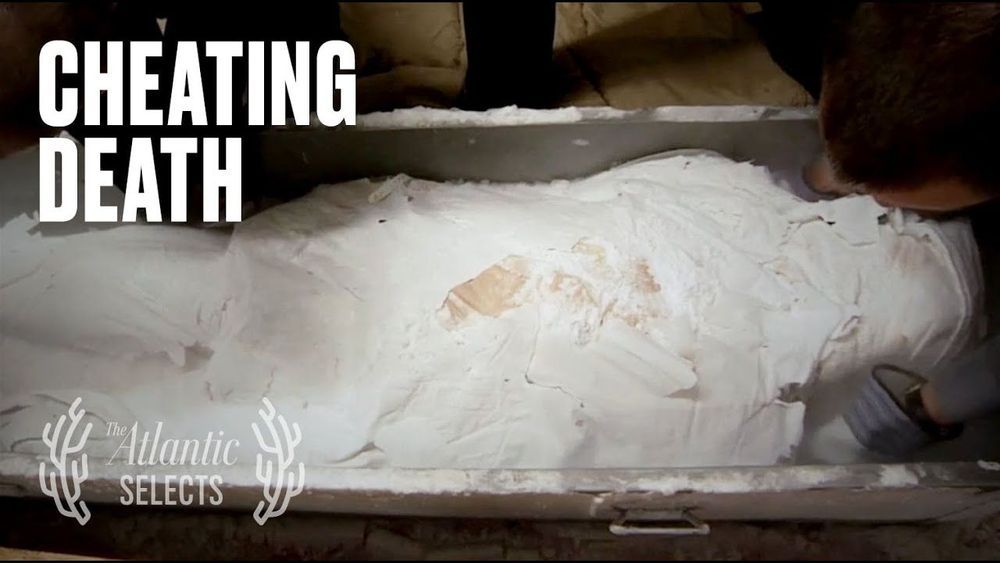
Until the day he died, in 2011, Robert Ettinger hoped humanity would figure out a way to cheat death. Today, his body is stored in a chamber filled with liquid nitrogen and frozen to −196 °C. He lies in cryopreservation at the Cryonics Institute in Michigan—which he founded—alongside his late mother, his first and second wives, and 150 other deceased.
Ettinger, known as the “father of cryonics,” popularized the idea in his 1962 book The Prospect of Immortality. (Isaac Asimov, the renowned biochemist and science-fiction writer, helped Ettinger publish the book.) Cryonicists believe that technology will sufficiently advance to a point where cells can be rejuvenated and the aging process reversed. In practice, legally deceased patients arrive at a cryonics facility packed in ice. Cryonicists interrupt the dying process by draining the blood from the body and perfusing the corpse with a mixture of anti-freeze and organ-preserving chemicals, known as cryoprotective agents. The body is then transformed into a vitrified state and lowered into a below-freezing chamber filled with liquid nitrogen, where it lies in wait for a future generation to restore it.
Continue reading “Inside Cryonics: Will These Bodies Come Back From Death?” »
Jun 24, 2019
ideaXme — Dr. Germaine Cornelissen-Guillaume, PhD — Halberg Chronobiology Center — University of Minnesota — Ira Pastor
Posted by Ira S. Pastor in categories: aging, bioengineering, biotech/medical, complex systems, cryonics, DNA, futurism, genetics, health, life extension

Tags: aging, bioquantine, bioquark, biotechnology, chronobiology, chronomics, health, ira pastor, longevity, Rhythms, time, wellness
Jun 24, 2019
Die. Freeze Body. Store. Revive
Posted by Paul Battista in categories: cryonics, finance, life extension
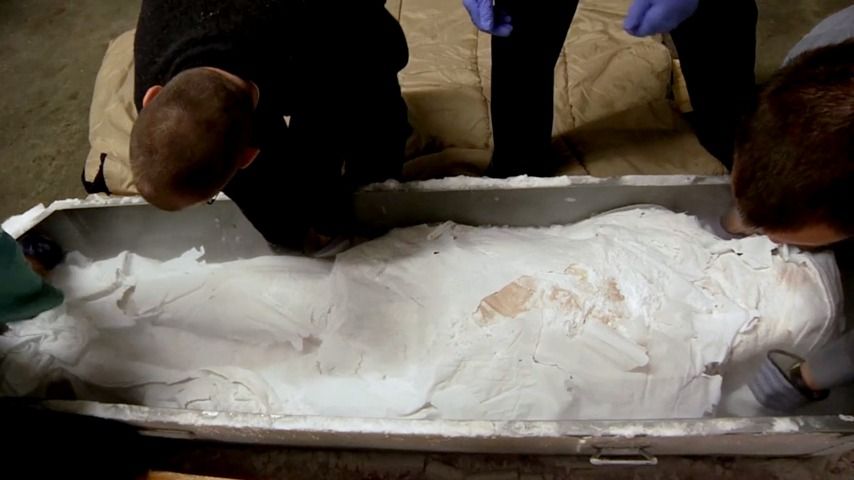
Cryonicists are banking on the idea that future technology will allow preserved bodies to be brought back to life.
Jun 23, 2019
“Frozen” Man Brought Back to Life
Posted by Joseph Barney in categories: cryonics, life extension

Wondering if people can be brought back from cryonics freezing and still function as normal? Chick this out.
Justin Smith, 26, was brought back to life after being found with no pulse in the snow.
Jun 23, 2019
21st Century Medicine –Expanding the Boundaries of Preservation Science
Posted by Paul Battista in categories: biotech/medical, cryonics, life extension, science, transportation
21st Century Medicine has developed an entire platform technology focused on the creation and commercialization of hypothermic preservation and cryopreservation techniques that enable protection, preservation, transportation, storage & future use of valuable living systems. These developments have taken science far beyond conventional preservation limits. 21CM scientists continue to prove long-term protection and preservation of complex living systems is not only possible, but commercially viable.
It means that a vital link has been created that we call “Bio Logistics”.
Biopharmaceutical companies get a larger window in which to test new drug candidates on viable premade and cryopreserved tissue slices that function like fresh.
Jun 1, 2019
Ep#141 – Cryonics: Surviving Death
Posted by Paul Battista in categories: cryonics, life extension
This week on The #GSPodcast Stephen Knight talks to microbiologist João Pedro de Magalhães (@jpsenescence) about Cryonics. They discuss the fear of dying, the science behind freezing humans, the implications for religion, technological advancements in the field and much, much more!
Support the podcast at http://www.patreon.com/gspellchecker

